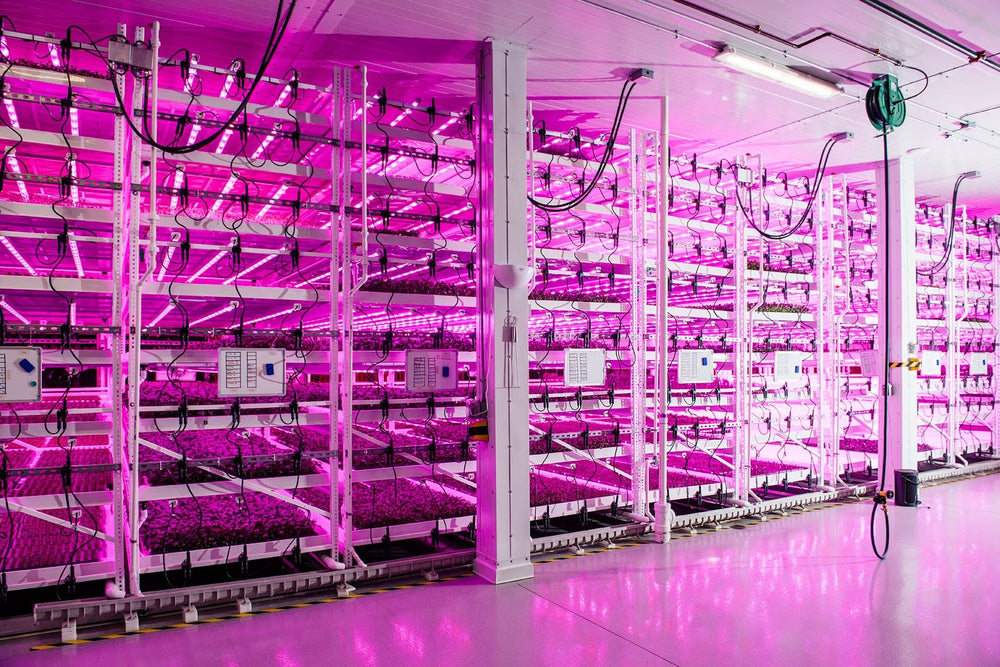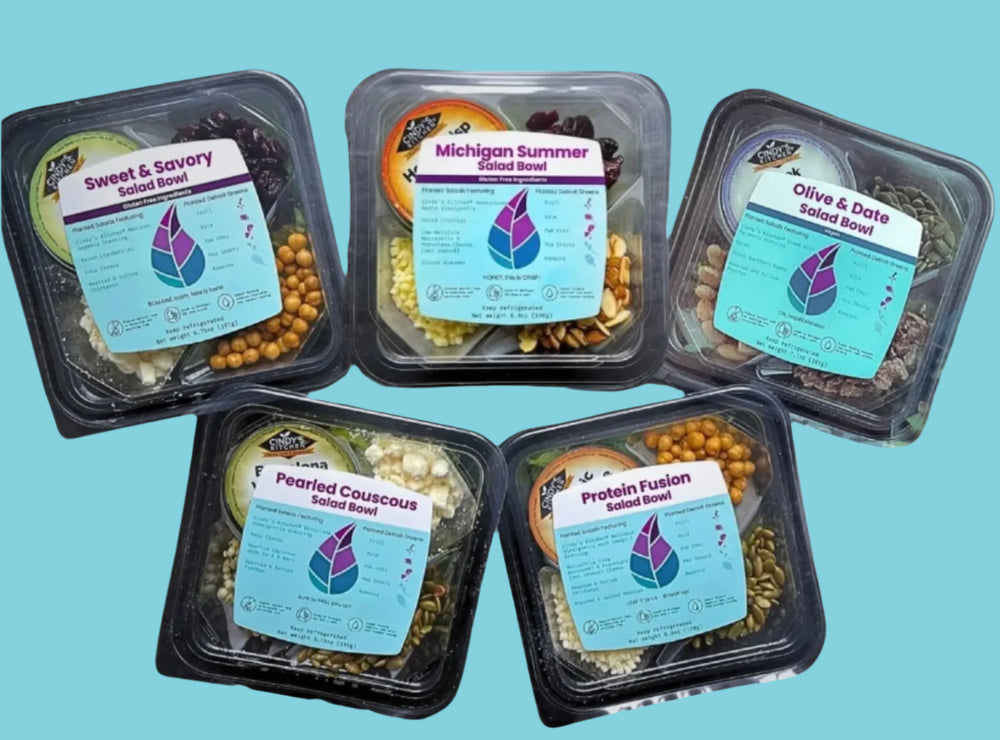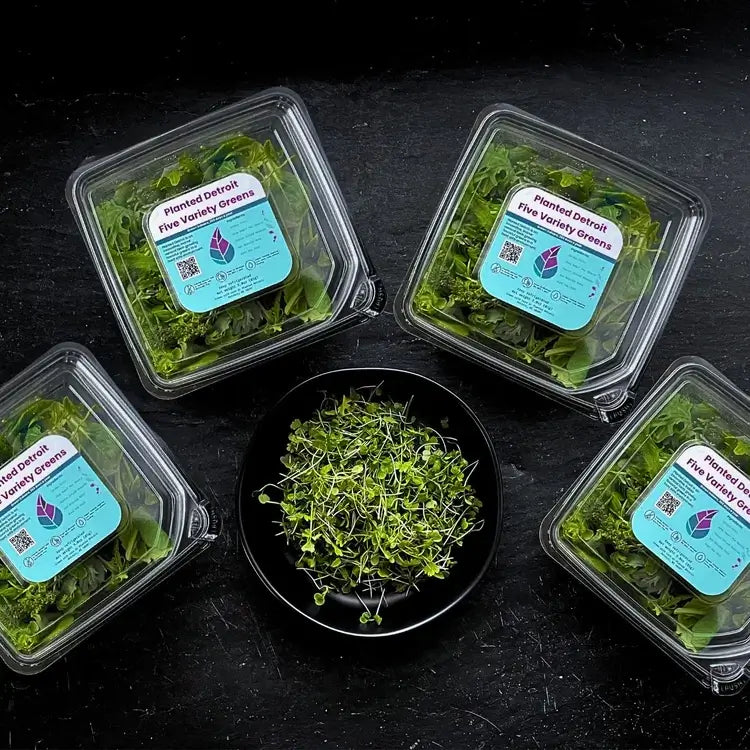
Urban farming is changing the way cities think about food production: providing fresh, local produce to residents. As cities spread and food deserts grow, urban farming can help to provide a rarely available bridge to food access.
Urban farming includes food production in urban environments such as rooftops, vacant lots, and indoor farms. This fledgling movement is rapidly gaining momentum with all the benefits attached to it, including lower carbon footprints, enhanced food security, and community engagement.
The foremost urban farming initiative, Planted Detroit, has a long history of major innovations in hydroponic farming and the provision of fresh, high-quality produce for local communities. Let’s take a closer look at how urban farming is transforming cities!
The Need for Urban Farming: Challenges in Modern Food Systems
Increasing urban populations lead to more demand for fresh, nutritious food, which is challenged by many aspects of conventional food systems. Here are some of them:
-
Population Growth and Increased Demand for Food: More people living in cities require solutions that can sustainably meet people's food needs.
-
Food Deserts: These often find many people in cities lacking access to fresh produce and compel them to use more processed foods, for instance.
-
Environment: Conventional agricultural practices of growing food have been associated with deforestation, soil degradation, and greenhouse gases.
Urban farming will reduce these expenses by reducing all costs of transport emissions and waste of food and applying some modern, space-efficient farming techniques.
Innovative Methods in Urban Farming
Urban farming has become technologically more efficient and scalable. Several new ways have come about that change how food is produced in cities:
Aquaponics and Hydroponics: They grow plants in water rather than soil. Hydroponics uses aqueous solutions, while aquaponics combines farmed fish, producing waste that is converted to nutrients for plants, creating a self-sustaining ecosystem. Such techniques need much less water, and they can grow crops on less land.
Vertical Farming: Vertical farm uses multiple stacks of crops to be grown in environments such as high-rise buildings, warehouses, and shipping containers. It employs LED lighting and controlled environments for productivity year-round and with very little land usage. This farming is most effective, especially in cities where space is at a premium.

Roof and Greenhouse Farming: This is the application of transforming what would have been wasted space in the city, as in the case of rooftops of buildings, into productive farming areas. These areas insulate buildings from energy costs as much as they maximize greening in the urban landscape. Stormwater runoff is suppressed, and air quality improves.
Each of these methods makes the food systems in cities more sustainable and resilient so that a higher proportion of the fresh produce can be reached by those who live in cities, while impacts on the environment are kept small.
The Environmental and Economic Impact of Urban Farming
Environmental Benefits:
-
Reduces Carbon Footprint: Locally grown food cuts down transportation emissions.
-
Conserve Water: Hydroponic farming will use less water than normal farming, about 90%.
-
Increases Green Spaces: More urban farms mean better air quality and lower urban heat effects.
Economic Benefits:
-
Generates Jobs: Sustainable agriculture creates jobs.
-
Enhancement For Local Businesses: Small-scale urban farms flourish under community-supported agriculture (CSA) models.
-
Stimulates Entrepreneurship: Urban farming industries have become rapidly emerging areas of new business.
Case Studies: Cities Leading the Urban Farming Revolution

For cities around the world, much progress is being made in urban agriculture:
- Detroit, MI: Planted Detroit is the forerunner in vertical farming for the local supply of fresh produce.
- New York, NY: Rooftop farms and larger hydroponic farms are very popular.
- Chicago, IL: An abandoned lot is converted into productive community farming.
- Singapore: Urban farming policies for self-sustainability are backed by the government.
How Urban Farming Improves Food Security & Public Health
It is very critical that urban farming contributes very much toward resolving food insecurity and health improvement; indeed, this is more so for crowded cities where they do not have easy access to affordable and fresh produce.
Food deserts are some of the most important problems that urban areas face today. These are areas in which the residents do not have access to fresh fruits, vegetables, and other nutritious foods within a convenient traveling distance from their homes. Urban farms will play a significant role in bridging this gap—from growing fresh produce locally to relying on processed and fast foods, the consumption patterns that contribute diets to obesity, diabetes, and heart disease.
For urban farming to advocate or foster healthier eating habits, it should directly reduce the levels of access and cost of fresh, affordable produce. Produce retains significantly more nutrients when grown locally than when transported thousands of miles, thereby making sure that urban communities acquire produce that option for high-quality, farm-on-the-ground alternatives. Moreover, the farm-to-table initiatives and CSA schemes tend to develop local food systems, enhancing resilience against supply chain disruptions.
The urban farm is an educational platform in collaboration with schools, community institutions, and health organizations to teach people how to eat healthier, become more economically sustainable with food, and practice urban agriculture. Several farms will offer educational workshops, volunteer programs, and hands-on farming so that residents can make healthier and better-informed food choices while growing some of their food.
Urban farming has plenty of advantages, one being the improvement in mental and physical health by creating green spaces for relaxation and generating some community cohesion. Numerous studies have shown that exposure to green environments reduces stress levels, encourages social networking, and improves overall well-being in mental health.
Planning cities with urban farming has a great prospect of building healthy, resilient communities, as well as making fresh food available and nutritious for all.
Future of Urban Farming: What’s Next?
Urban agriculture has exciting prospects according to emerging trends:
-
Automation and AI: Smarter farming with the use of sensors and data analytics for maximized growth.
-
Modular Farming Pods: Self-contained, portable farms in various urban contexts.
-
Government Support: Incentives and policies that promote the activity of city farming.
-
Increasing Consumer Demand: Sustainability and maturity will lead to more local choices.
Urban farming is changing cities in how they now get in touch with communities that need fresh, local food. This continued growth in urban populations increasingly makes food security, environmental sustainability, and economic resilience critical issues. Food supply systems and methods are catching up, mostly leaving gaps in access to fresh, nutritious produce. Urban agriculture is the innovative and most sustainable solution by utilizing available city spaces—rooftops, vacant lots, and indoor farms—for the cultivation of high-quality produce with a small environmental footprint.

As individuals, we have the power to support this movement—whether by purchasing locally grown produce, volunteering at an urban farm, learning about hydroponic and vertical farming, or anything else—we all can do something to make our food future more sustainable.
Join the movement! Learn more about how we bring fresh, locally grown greens to our very city. Visit our farm today!


